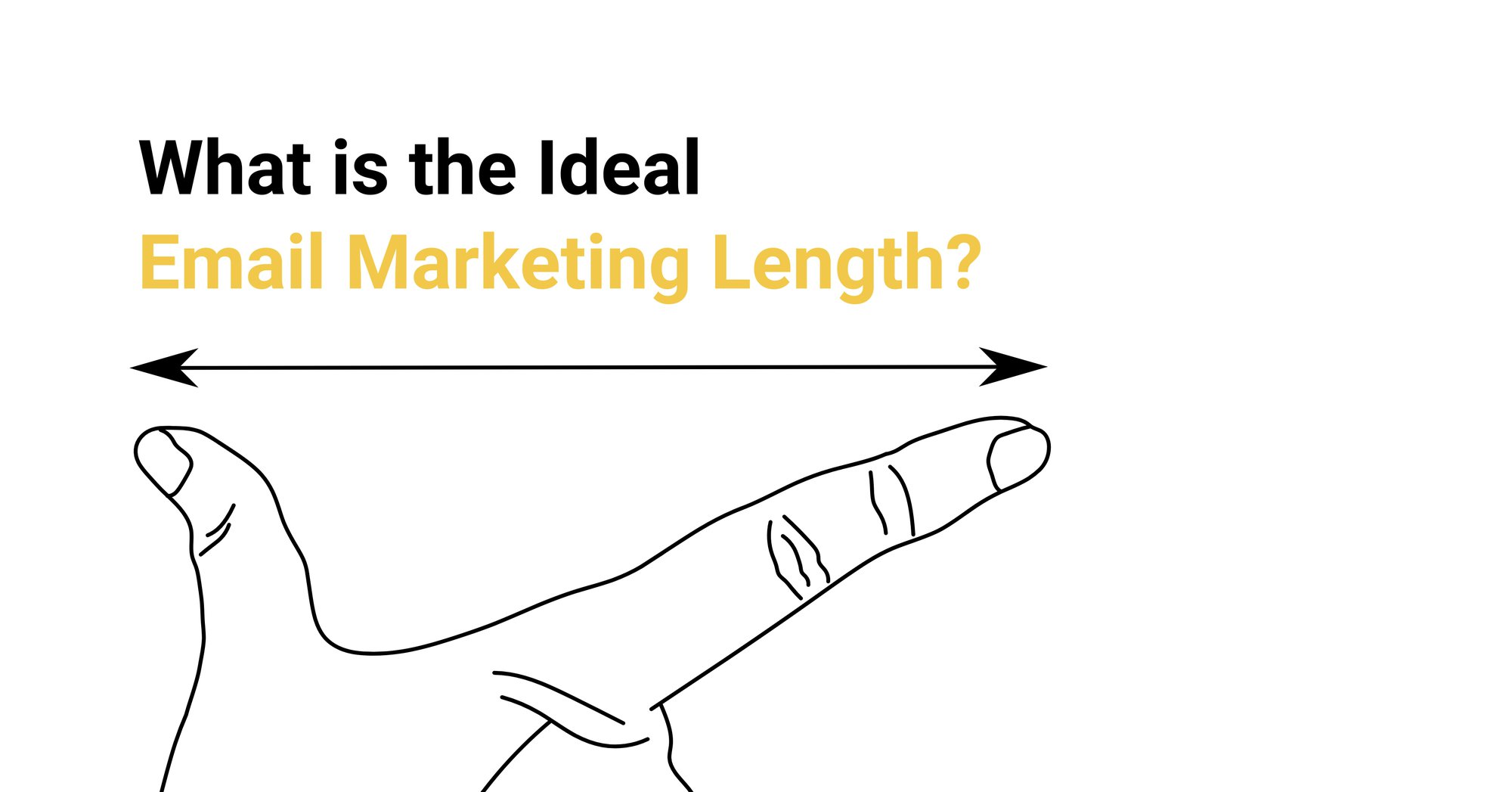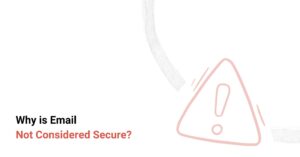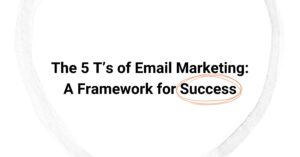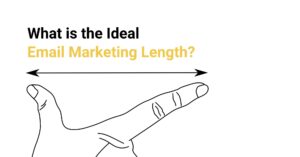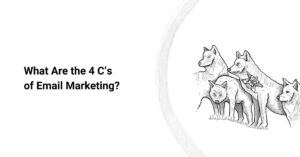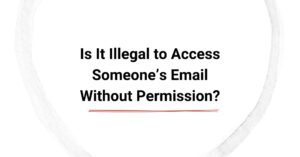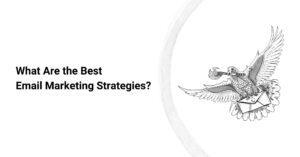Email marketing campaigns can be tricky to get right. If your emails are too long, you risk overwhelming your audience; if they're too short, you might not convey your message effectively. So, what's the ideal email marketing length?
The ideal email marketing length depends on several factors, including your audience, the type of campaign, and even the device they use. Striking the right balance between brevity and providing enough value can significantly improve your open rates, click-throughs, and conversions. Let's dive deeper into the email length best practices and help you fine-tune your email content strategy.
Learn how to optimize your email content and improve performance today!
What is Email Marketing Length and Why It Matters?
When we talk about email marketing length, we’re referring to the word or character count across various email components, such as the subject line, body content, and CTA (call-to-action). Understanding the ideal email marketing length is crucial because it directly impacts how well your emails are received and how likely recipients are to take action.
Long emails can confuse recipients, especially mobile users, where space is limited. On the other hand, emails that are too short might not provide enough information to persuade someone to click through. The key is to find the right balance.
Why the Length of Your Email Matters:
- Readability: Shorter emails often translate to better readability.
- Engagement: Clear, concise messages that highlight customer value get better results.
- Deliverability: Well-structured emails that respect your audience’s time tend to perform better in inboxes.
Ideal Length for Each Email Element
Each element of your email should be carefully crafted to meet the ideal email marketing length for maximum engagement. Here’s a breakdown of the best practices for different email components:
Subject Line
The email subject line is often the deciding factor in whether an email gets opened or ignored. It's your first impression and must capture attention quickly, while giving the reader a reason to open the email.
Definition: The subject line is the first thing a recipient sees and plays a critical role in whether your email gets opened.
Ideal Length: 41–60 characters (approximately 7–9 words).
Why It Matters: A subject line that’s too long may get cut off on mobile devices, and an overly short subject line might not deliver enough context. The sweet spot of 41–60 characters ensures your message is fully visible across all devices.
Tips:
- Front-load important keywords.
- Avoid using spammy language.
- Test personalized subject lines for better engagement.
Preview Text (Preheader)
The preview text, also known as the preheader, is a crucial part of your email that works alongside the subject line to boost opens. It offers additional context and serves as a preview of the content inside the email. Creating a great preview text can be the difference between an email that gets opened and one that gets ignored.
Definition: This is the short snippet of text that appears next to the subject line in the inbox.
Ideal Length: 40–90 characters.
Why It Matters: The preview text can either reinforce the subject line or provide additional context. A compelling preview text increases open rates by enticing readers to click on your email.
Tips:
- Use this space to summarize the value of the email.
- Include a call-to-action (CTA) to reinforce urgency.
Email Body Content
The body of your email is where you deliver your message, whether it’s an offer, an update, or a story. The length of the email body plays a significant role in engagement and conversion rates. Striking the right balance between providing enough information and maintaining readability is key.
Definition: The main content of the email, where you deliver the message, offer, or story.
Ideal Length:
- Promotions: 50–125 words — ideally around 100 words to keep things concise but impactful.
- Newsletters: 200–500 words.
- Drip/Nurture Campaigns: Shorter emails in the early stages, with longer, more detailed emails in later stages.
Why It Matters: Short emails respect your audience’s time, and longer emails work well for storytelling or educational content. The length of your email body should align with your message’s goal—whether it’s to inform quickly or engage deeply.
Tips:
- Break up long paragraphs into shorter, digestible chunks.
- Use bullet points for easy scanning.
- Include white space to make the email easier to read.
Call-to-Action (CTA)
The Call-to-Action (CTA) is arguably the most important part of your email because it directly drives the action you want your reader to take. Whether you want them to click a link, sign up for a webinar, or make a purchase, the CTA needs to be clear and compelling.
Definition: The CTA is what prompts your audience to take the next step, whether it’s clicking a link, signing up, or making a purchase.
Ideal Length: 2–7 words.
Why It Matters: A clear, concise CTA is more likely to get clicked. Avoid vague language and ensure the CTA clearly explains the action the recipient should take.
Tips:
- Use action verbs (e.g., "Get Started," "Shop Now").
- Place CTAs early and towards the end of the email for maximum visibility.
- Make your CTA stand out visually.
Why Email Length Affects Engagement
Now that we’ve covered the basics, let’s dive into why email length plays such a crucial role in engagement and conversion.
Shorter Emails = Higher Readability
Concise emails make it easier for recipients to quickly digest your message. Shorter emails are easier to scan, especially for time-poor readers. The more accessible and engaging your content, the more likely it is to be read in full.
Long-Form Emails = Higher Emotional Engagement
For nurture or storytelling emails, longer content can help build trust and develop a deeper emotional connection with the reader. However, it’s important to keep the content relevant and valuable to the recipient. If your email provides great storytelling or insight, longer emails can be effective in nurturing relationships.
Mobile Usage Shapes Expectations
The rise of mobile email checking means your emails must be easy to read on smaller screens. Shorter emails that are well-structured and easily scannable are more likely to perform better on mobile devices.
Steps to Determine Your Ideal Email Marketing Length
While there are best practices, the ideal email marketing length will ultimately depend on your specific goals and audience. Follow these steps to figure out what works best for you:
Step 1 – Define the Email's Goal
Are you sending a promotional offer? Informational content? Or a nurturing email? The type of email dictates how much content you need. For instance, promotional emails can be short and to the point, while nurture emails can be longer and more detailed.
Step 2 – Know Your Audience
Understanding your audience’s preferences, attention span, and engagement history is critical in determining the right length. If your audience tends to engage with longer emails, you can create content that caters to their preferences.
Step 3 – Start with Best Practices
Use the email length best practices as a starting point. For subject lines, aim for 41–60 characters. For body content, aim for brevity with 50–125 words for promotions. If in doubt, start short and test what resonates with your audience.
Step 4 – A/B Test Email Variations
Testing different email lengths through A/B testing can provide valuable insights into what works for your specific audience. Compare open rates, click-through rates (CTR), and conversions to identify the ideal length for your emails.
Step 5 – Monitor and Optimize
Monitor email performance using your email platform’s analytics tools. Track engagement metrics like open rates, CTR, and conversion rates to determine what length works best for your campaigns.
Common Challenges and Solutions in Email Length Optimization
Determining the right email length is not always straightforward. While there are best practices, every audience is different, and the goal of your email will influence the length. The key is understanding where your readers fall on the spectrum between needing concise content and having enough detail to engage effectively.
Writing Too Much or Too Little
One of the most common challenges in email marketing is determining the right amount of content to include. Too much content can overwhelm readers and lead to higher unsubscribe rates, while too little can leave recipients without enough information to take action. Striking that perfect balance requires careful consideration of the email’s purpose and audience preferences.
Problem: Some emails are too long and overwhelm the reader, while others are too short and fail to convey enough value.
Solution: Focus on a single, clear message. Edit ruthlessly and ensure every word adds value to the email. Ask yourself if each part of the email serves its purpose.
Low Mobile Readability
With most users checking emails on mobile devices, it's critical that your emails look great and are easy to read on smaller screens. If the design isn't optimized for mobile, your message may get lost in the clutter.
Problem: Emails that are too long or poorly formatted don’t display well on mobile devices.
Solution: Use responsive email templates that adjust to different screen sizes. Test your emails on mobile devices to ensure readability and proper formatting.
Poor CTA Performance
The effectiveness of your call to action (CTA) can make or break your email campaign. If your CTA is hard to find or too vague, your recipients might not take the desired action.
Problem: CTAs that are buried under too much content or are too generic can result in low click-through rates.
Solution: Make your CTA clear, compelling, and easy to spot. Place CTAs near the top and bottom of the email, and use concise, action-oriented language.
Conclusion
Finding the ideal email marketing length isn’t a one-size-fits-all situation. It depends on your audience, the goal of your campaign, and the type of content you're sending. Use the best practices for subject lines, body content, and CTAs as guidelines, but always test and optimize based on real-world performance. Remember: clarity and brevity are crucial, but context and content strategy matter just as much.
Not sure if your emails hit the ideal length? Reach out to our team for personalized guidance on crafting emails that get opened and drive action.

